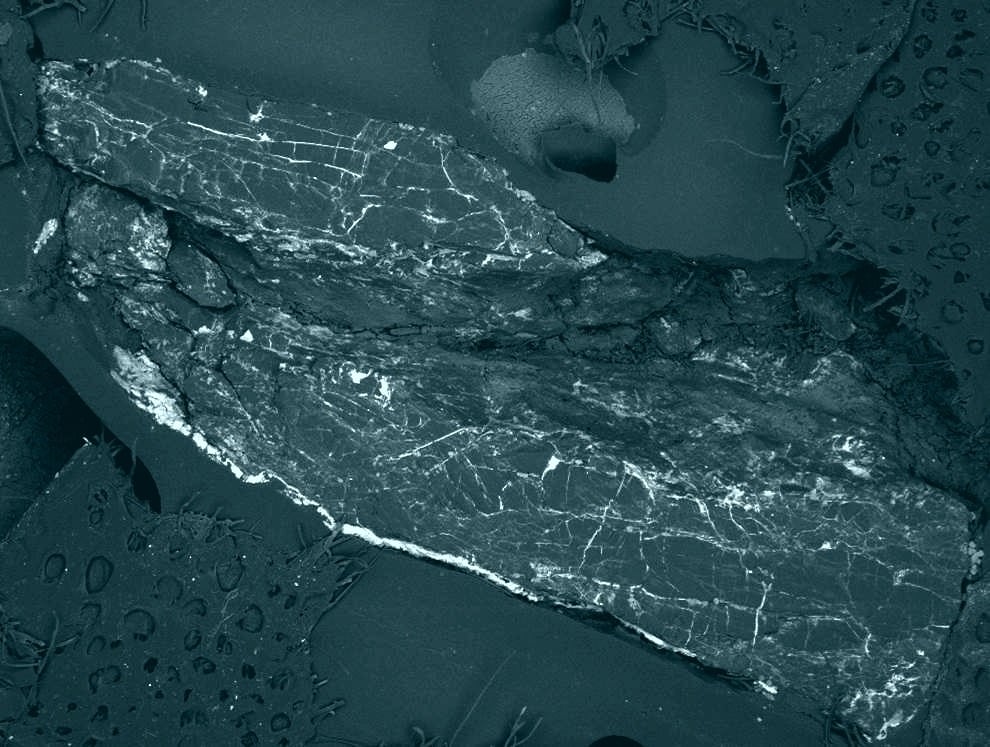
It’s been billed as the strangest stone found and researchers believe it is from outside the solar system.
Analyses on a small pebble found in southwest Egypt cast significant questions on a widely held view about the primitive pre-solar dust cloud which the sun, Earth and other planets were formed from.
Researchers from the department of geology at the University of Johannesburg found exotic micro-mineral compounds in the “Hypatia” stone that are not known to occur on Earth, elsewhere in our solar system or in known meteorites or comets.
“What we do know is that Hypatia was formed in a cold environment, probably at temperatures below that of liquid nitrogen on Earth (-196 Celsius),” said the university’s Professor Jan Kramers, a geochemist currently specialising in dating techniques (especially for hominin fossils) and analysis of extraterrestrial objects.
In 2013, Kramers and his co-authors announced that the Hypatia pebble was definitely not from Earth. By 2015, other research teams had announced that the stone was not part of any known types of meteorite or comet, based on noble gas and nuclear probe analyses.
However, if the pebble was not from Earth, what was its origin and could the minerals in it provide clues on where it came from? Micro-mineral analyses of the pebble by Kramers and his colleague, Dr Georgy Belyanin, have now provided unsettling answers that spiral away from conventional views of the material our solar system was formed from.
“In our solar system it would have been way further out than the asteroid belt between Mars and Jupiter, where most meteorites come from. Comets come mainly from the Kuiper Belt, beyond the orbit of Neptune and about 40 times as far away from the sun as we are. Some come from the Oort Cloud, even further out. We know very little about the chemical compositions of space objects out there. So our next question will dig further into where Hypatia came from,” said Kramers, who was lead author of the study.




 Publications
Publications
 Partners
Partners









